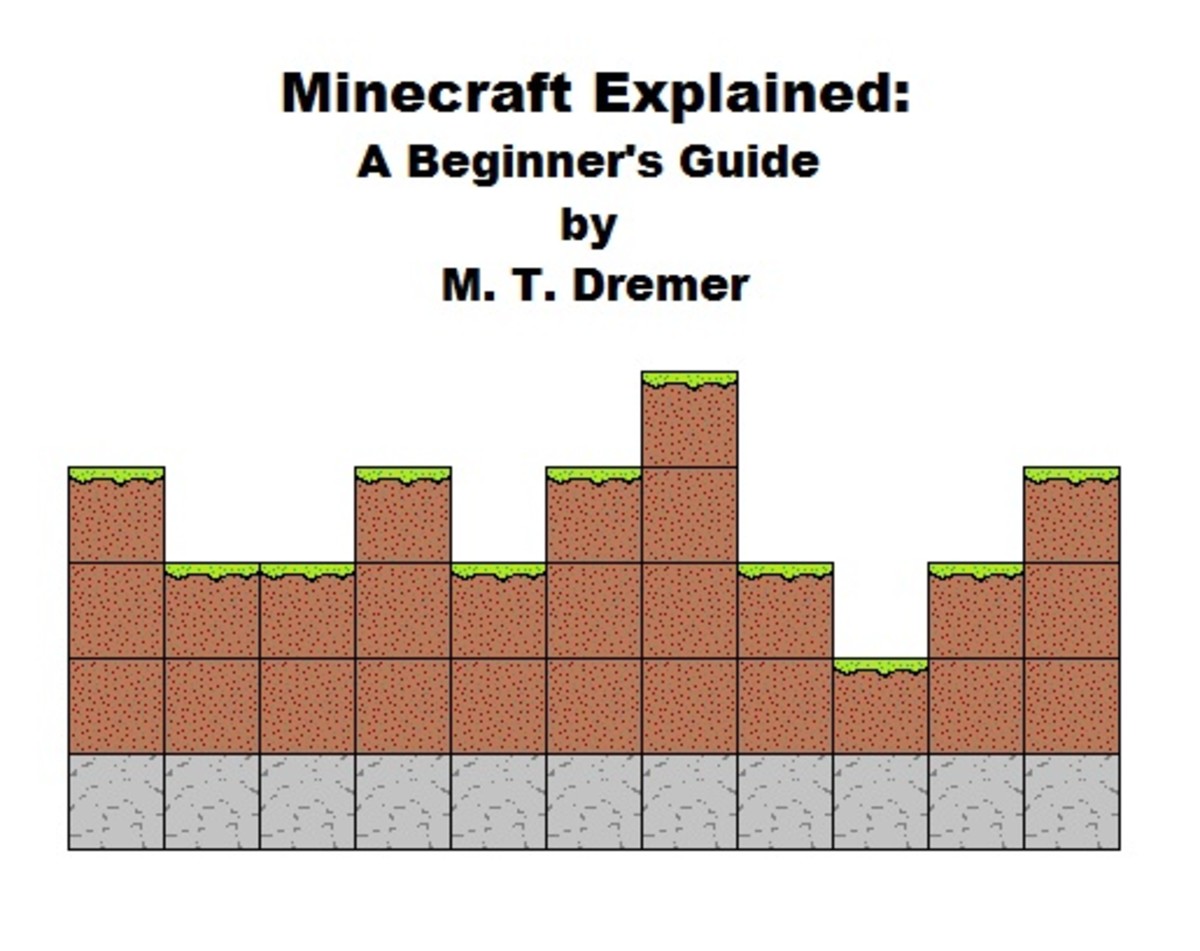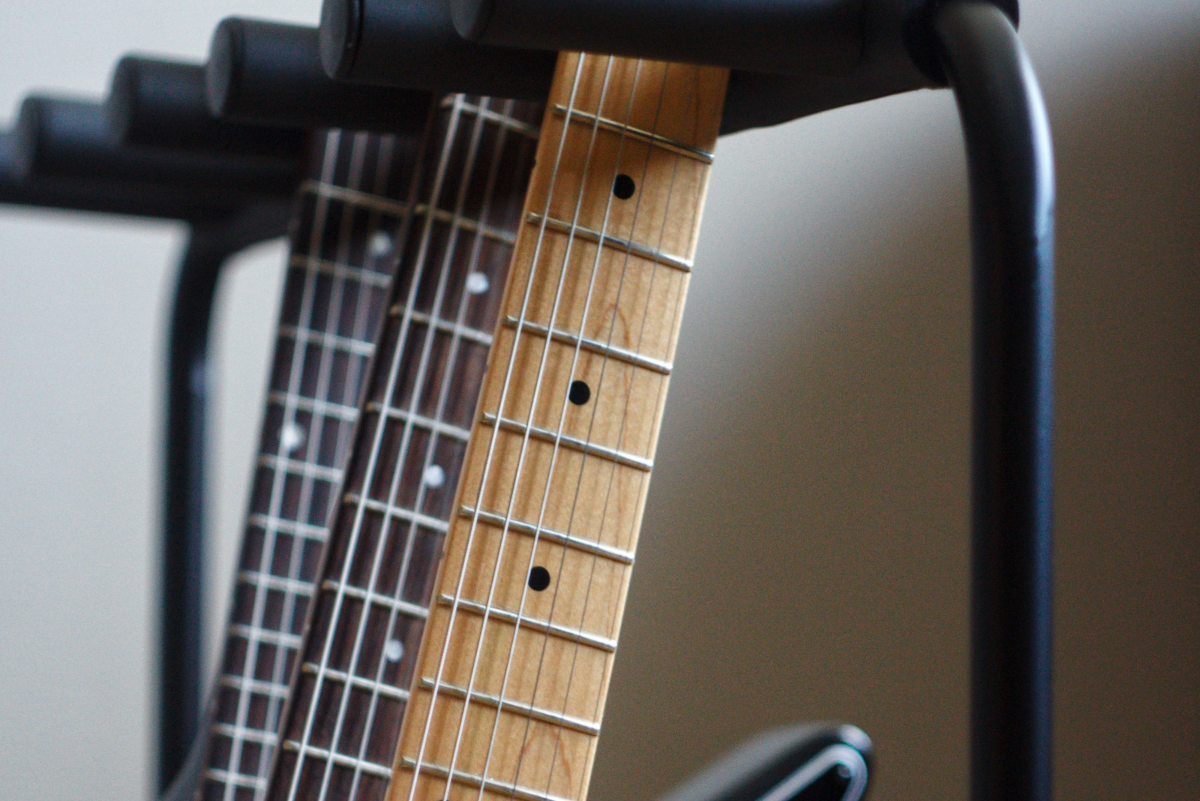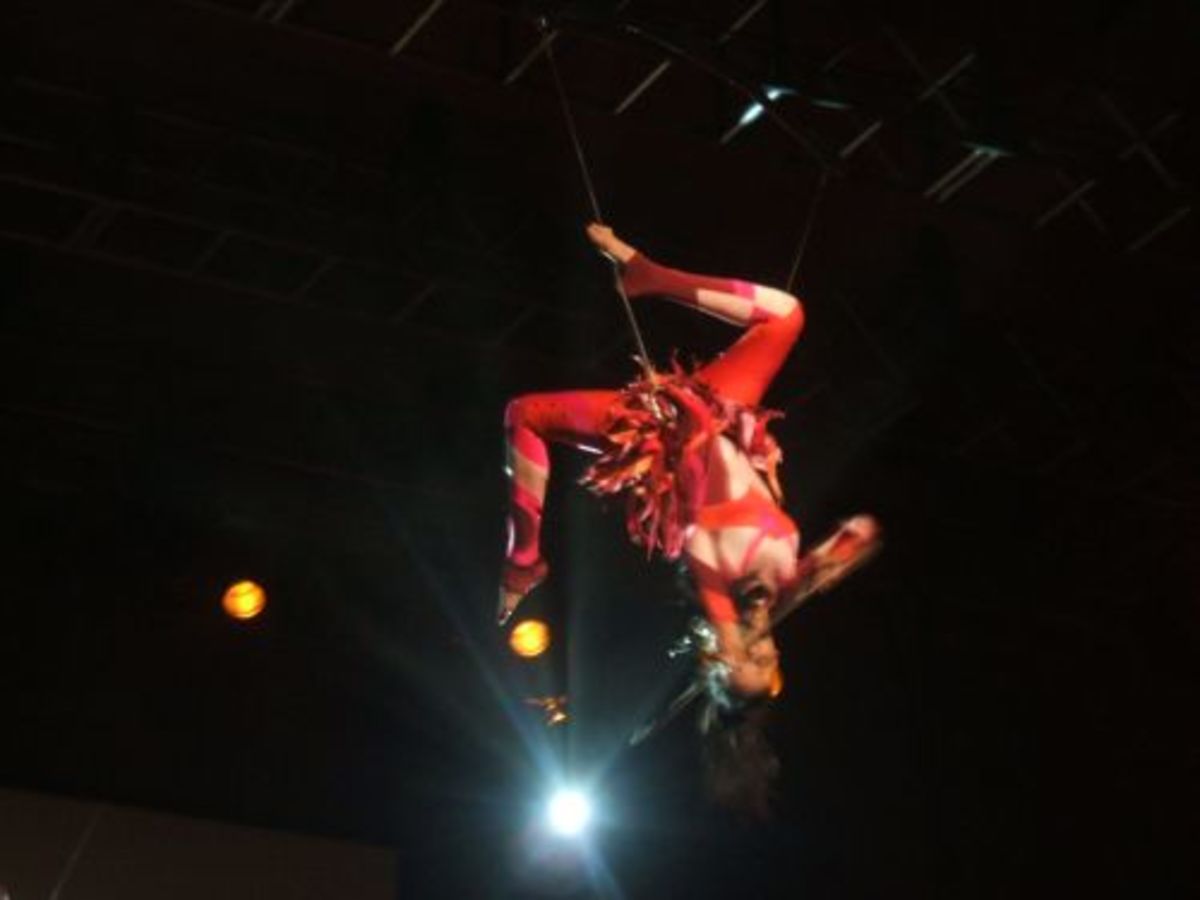Read Repeats on Piano Sheet Music Explained
Understanding Repeat Marks on Sheet Music
Sheet music can be a little overwhelming for new piano learners especially kids because it is filled with all kinds of musical symbols. Piano scores regularly use different kinds of repeat marks to simplify the writing of musical compositions. For new learners, they can be confusing. In this tutorial, I explain how some repeat signs work using colored blocks to demonstrate how notes should be played. The colored blocks may be especially helpful to children trying to understand repeats on sheet music.
How do repeats work in music?
You will often see repeat marks in music that have the numbers 1 and 2 like in the example below. These are very simple to follow. You start from the beginning and play until you reach the end of the number 1 section. Then you go back and play the beginning again. When you reach the number 1 section, you skip it and go directly to the number 2 section.


This reads green, green, yellow, yellow, green, green, blue, blue. You will see that the green part repeats or is played twice. After you play the green blocks the second time, you must bypass the yellow blocks and go directly to the blue blocks.
What does Da Capo mean?
Da Capo is another kind of repeat used in sheet music. Da Capo means head or top. It is often abbreviated as D.C. You may also see Da Capo al Fine or Da Capo al Coda in abbreviated form as D.C. al Fine or D.C. al Coda. Fine (fee-nay) means end.
D.C. al Fine means to go back to the beginning and play all measures until you reach fine. So, you play red, blue, green, red, blue.

D.C. al Coda means go back to the beginning and play until you reach the coda symbol (circled in red). Then you skip that section until you reach the next coda symbol. In this example, you play red, blue, green, red, yellow. You play the red, blue, and green blocks first. The D.C. al Coda tells you to go back to the beginning, so you play red again. When you hit the al Coda symbol circled in red you have to jump to the next al Coda symbol, which is the yellow block.

This content reflects the personal opinions of the author. It is accurate and true to the best of the author’s knowledge and should not be substituted for impartial fact or advice in legal, political, or personal matters.
© 2012 LT Wright







